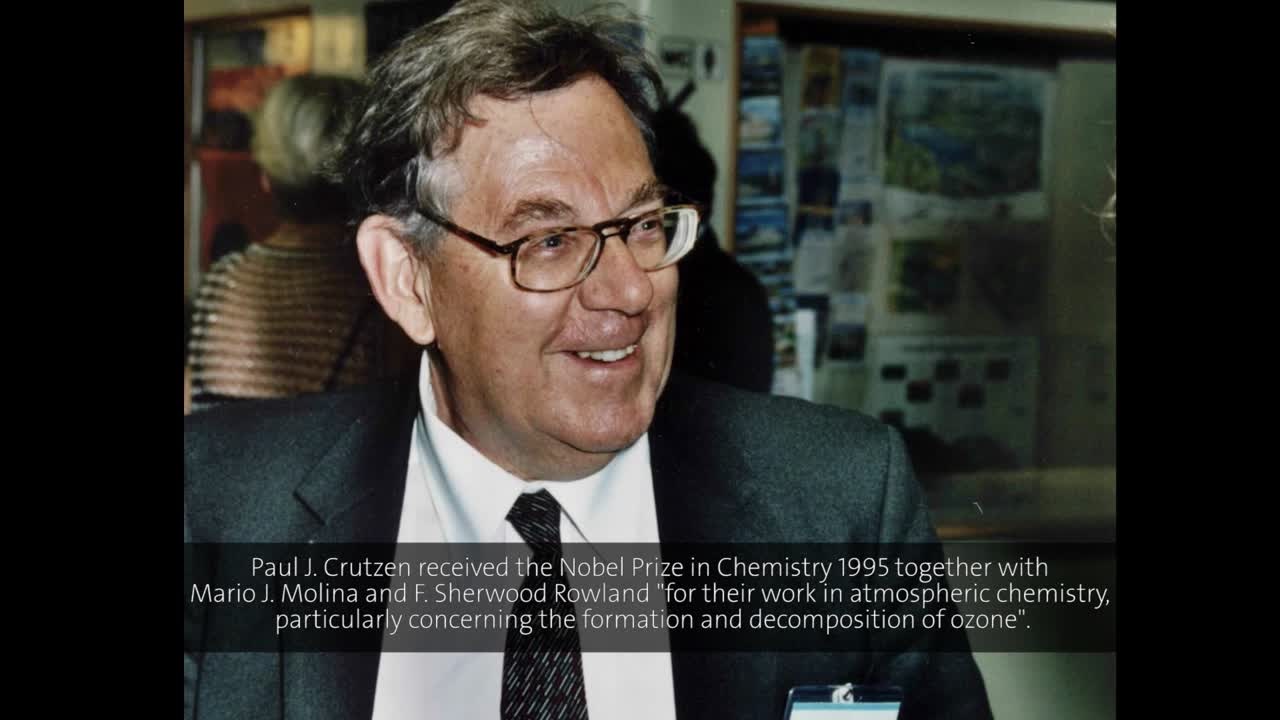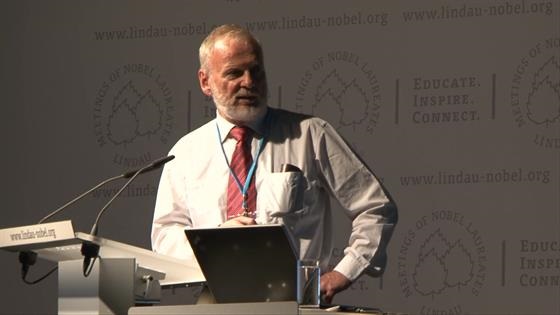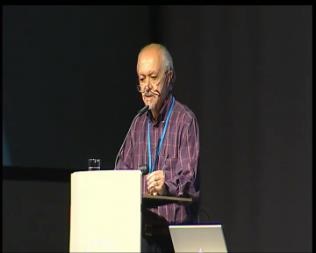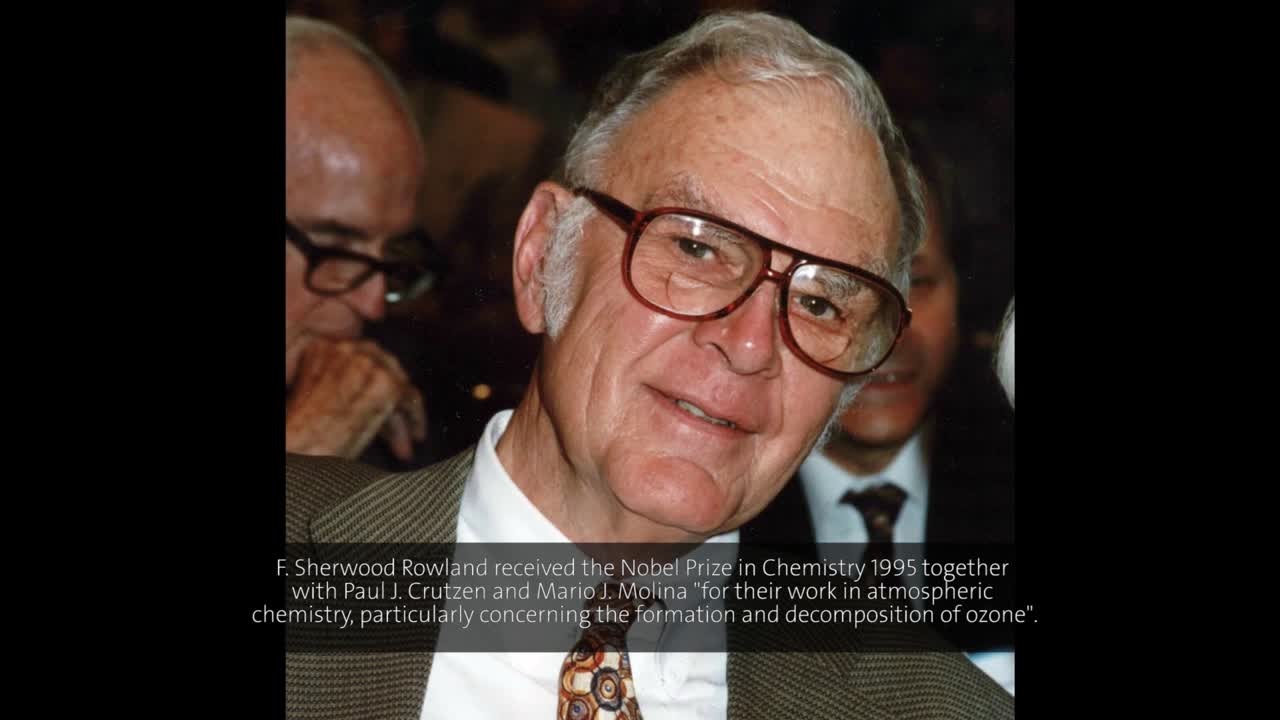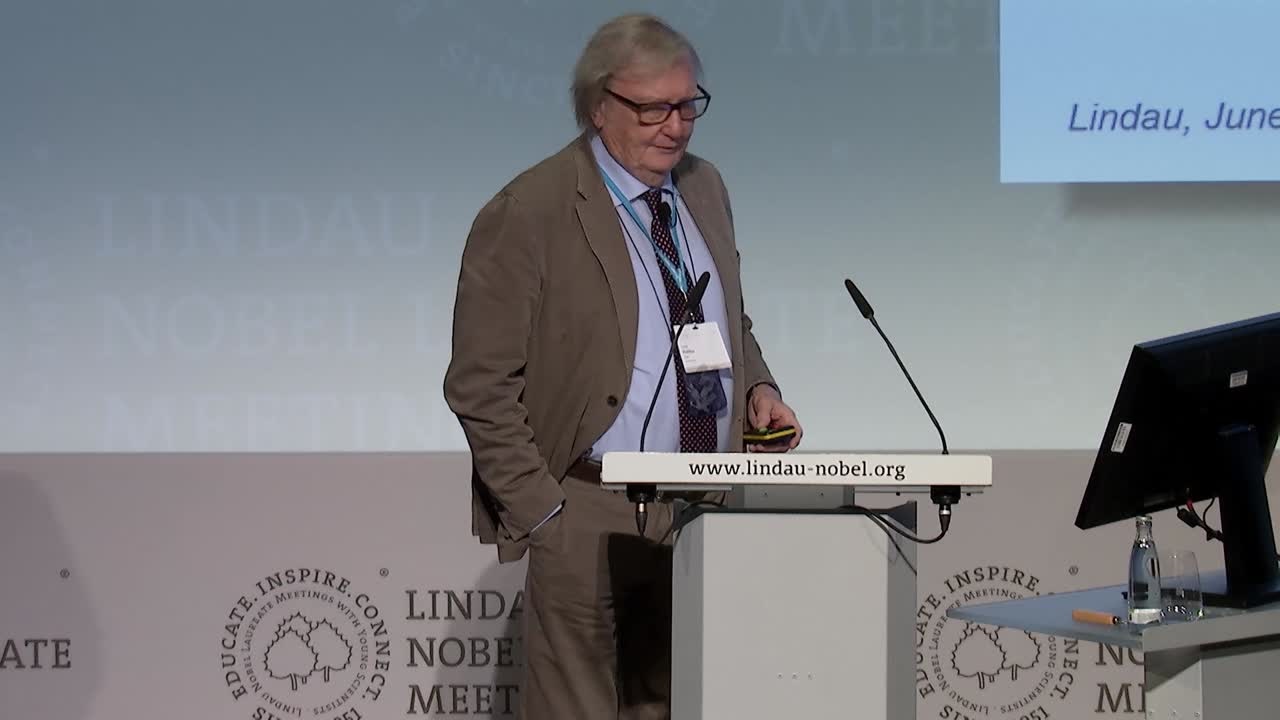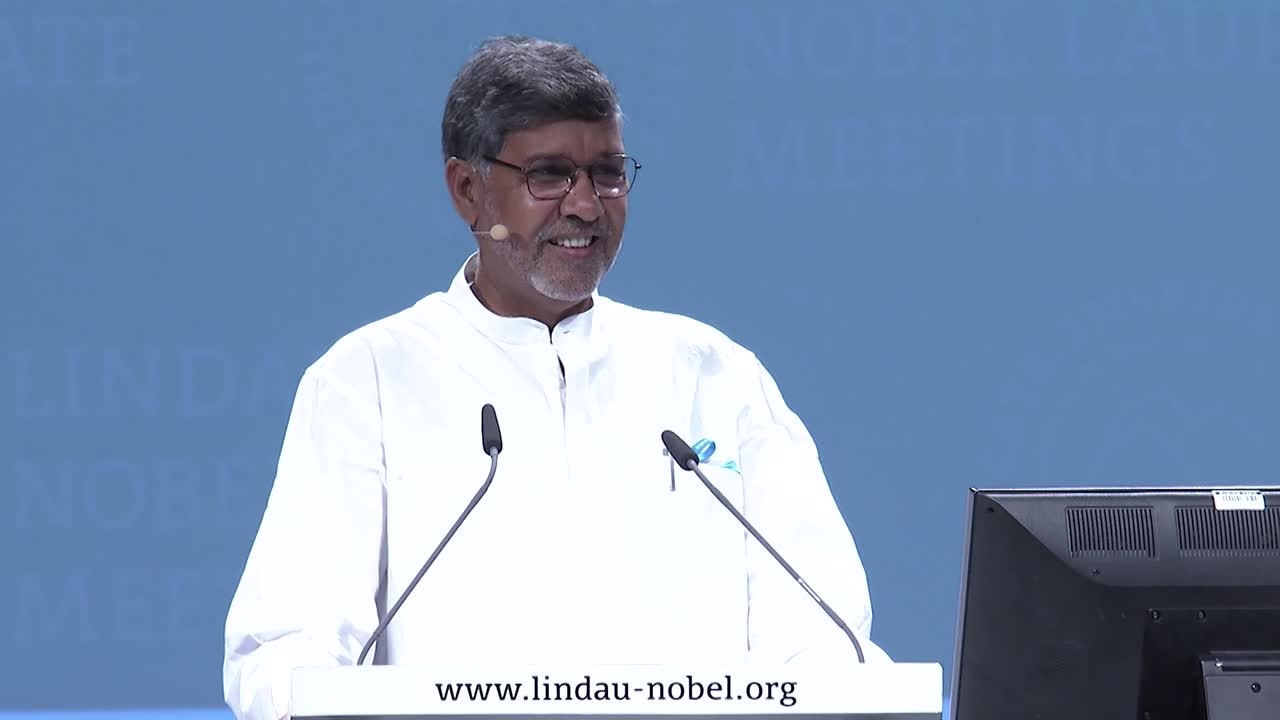Global Warming
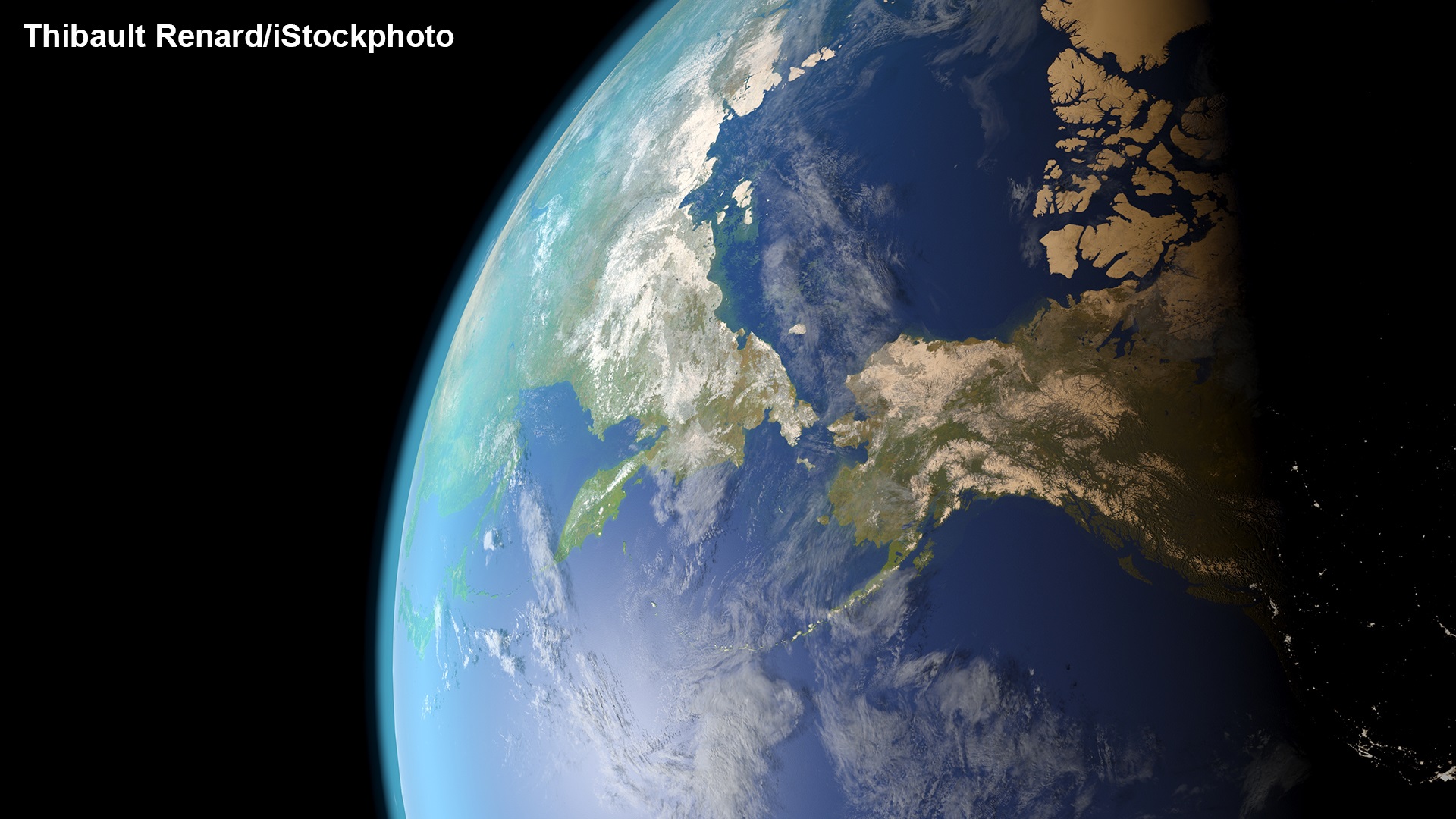
by Hanna Kurlanda-Witek
The process of global warming begins with the release of greenhouse gases, such as methane, carbon dioxide, nitrous oxide, water vapour and fluorinated gases. Outgoing infrared radiation, or longwave radiation, is absorbed from the Earth’s surface by these gases as well as aerosols, hence the lower layers of the atmosphere become warmer and less energy is emitted by the Earth’s surface. This is known as the greenhouse effect; without it, the Earth would be a very cold place, with a mean surface temperature about 33°C lower than it is now. But approximately since the beginning of the Industrial Age, the concentrations of greenhouse gases have reached unprecedented levels. The amount of carbon dioxide in the troposphere, or the lowest layer of the atmosphere, has risen from 280 ppm to about 400 ppm. methane levels have exceeded 1800 ppb, an increase from approximately 700 ppb in pre-Industrial times. The enormous amounts released into the atmosphere are both natural and linked to human activities. Here, Nobel Laureate Paul Crutzen describes the man-made and natural sources of methane emissions:
(00:17:18 - 00:17:58)
Historical data demonstrate that the dynamics of global temperatures are correlated with the global carbon cycle. However, the association between rising greenhouse gas emissions and their effect on the climate, as well as to what extent these changes are brought about by anthropogenic activity, is still a matter of debate and controversy among scientists, let alone policymakers and the general public. To quote the topic cluster, “The Future” in the Lindau Mediatheque by David Siegel, “political, economic and scientific angles need to be considered”. There is evidence that the climate is becoming warmer. Many of us in Europe don’t need data from glacial ice cores – we can remember much colder winters and long periods of winter slowly turning into spring. In this lecture snippet, the biochemist and Nobel Laureate Hartmut Michel mentions his observations of first frosts in Germany, and explains a particular view on the evidence of global warming.
(00:01:27 - 00:05:06)
A much stronger opinion is expressed by Mario Molina, who won the Nobel Prize in Chemistry in 1995, along with Paul Crutzen and F. Sherwood Rowland. It is likely that global warming will push the climate system past a tipping point, after which any preventive measures are futile – the damage will already be done. “You can’t play roulette with the planet”, explains Molina.
(00:28:07 - 00:31:34)
Despite the flood of opinions on what is the baseline temperature that any rise in temperatures should be compared to, how much of an impact on global warming is caused by burning fossil fuels, and what would be the outcome of a warmer planet, there is an underlying fact that is beyond dispute: humans are changing the planet and affecting the Earth System, not only the atmosphere, but also land and oceans. All of the natural cycles are linked together and imbalances caused by human-driven actions, such as wide-scale deforestation, changes in the chemistry of the oceans or emissions of sulphur dioxide trigger cascading impacts on the physical and biological environment. This magnitude of anthropogenic influence has given rise to a new geological epoch, Anthropocene, a term popularised by Paul Crutzen.
If human influence is dominant to such an extent, the natural question is, could this be the effect of an overcrowded planet? Human population has grown rapidly in the previous century, as explained by Nicolaas Bloembergen during the 47th Lindau Nobel Laureate Meeting:
(00:03:54 - 00:04:35)
During his lecture in the following year, F. Sherwood Rowland asks, how can we take care of a burgeoning population without paying the environmental penalty? He underlines that population growth is one side of the coin, but it is rising affluence that is the bigger issue, and with it an unappeasable demand for energy.
(00:27:13 - 00:30:26)
“We’ve been using energy as if there are no environmental problems associated with it”, said Rowland. To put this into perspective, it is worth considering that between 1970 and 1997, global energy use had risen by 87%. Moreover, 50% of the world’s oil production to date has been used since 1980. Vast reserves of coal, oil and natural gas are still able to meet these abnormally high energy demands and power the economy. And despite many predictions warning of an energy apocalypse in the near future, fossil fuels, especially coal and unconventional natural gas resources, will be available to use for centuries to come. The question is, should we use these reserves, and what will happen if we continue down the path of burning non-renewable resources?
(00:21:03 - 00:21:57)
During a recent Meeting in Lindau, Physics Nobel Laureate Carlo Rubbia presented data on current and future carbon dioxide emissions, as well as only minor changes in the future proportion of energy sources, as predicted by the International Energy Agency.
(00:04:55 - 00:07:40)
The data demonstrates that it’s still currently unfeasible to rely on renewable resources on a large scale. An often cited example is that, in terms of wind energy in Europe, the coldest days of the year are also the least windy. Although many changes in policy, as well as advances in research have taken place, renewables still do not meet the forecasted demands, and there are questions pertaining to energy intermittency, storage, location and a diversification of energy sources.
(00:11:21 - 00:14:08)
Yet in the last several years, general public interest, particularly in wind and solar power, has navigated from a niche, viewed by many as impractical and futuristic, to mainstream. A major part in this change of perception was spurred by governmental incentives, as well as falling costs. In an insightful interview with Nobel Laureate and former secretary of the US Energy Department, Steven Chu, which took place during the 66th Nobel Laureate Meeting in Lindau, Chu observed that the price of photovoltaic cells has decreased to a fifth of the cost, and the same may be said of the electronics and infrastructure associated with solar energy.
Scientists are becoming more inclined to view less-emitting, or even zero-emission fossil fuels as an alternative to those sources that emit large amounts of greenhouse gases, along with other pollutants, with the final aim of slowly replacing fossil fuels with renewables. As Chu put it succinctly, “(…) I think that natural gas should only be viewed as a transition step to decarbonizing. By mid-century or later, we want to start moving out of natural gas”.
Shale gas has become the fossil fuel of the 21st century, particularly in the United States, where intense extraction has significantly decreased the use of coal as a source of electricity. Depending on how effective the conversion process is, carbon dioxide emissions of natural gas combustion used for the production of electricity and heating are approximately 45% lower than those of coal. But shale gas and accompanying tight oil, found not only in shale, but also compact sandstone, are still fossil fuels. Methane leaks are a concern, as, on a 20 year scale, methane is an 84 times more powerful greenhouse gas than carbon dioxide. Issues with land use, contamination of the water table and possible earthquakes have influenced a ban on shale gas extraction in many European countries. In his interview with Dan Drollette at Lindau, Steven Chu explained that these effects are “mostly due to sloppy drilling practices”, and regulation is key in overcoming the negative outcomes of any type of mining activity.
The next step in natural gas extraction could be offshore drilling for methane hydrates, ice crystals buried under ocean sediment or in permafrost, generally containing 46 water molecules, and gas molecules, usually methane, trapped in the central area of the hydrates. These substances are known as clathrates, a name stemming from the Latin word clathra, which means “cage”. Large amounts of methane clathrates can be found along the continental shelves. The US Geological Survey states that there may be 10 to 100 more methane clathrate reserves in the world than shale gas reserves in the United States. Carlo Rubbia presented the positive aspects of this unconventional gas resource:
(00:22:43 - 00:25:07)
Countries that rely on imports of fossil fuels, such as Japan or India, are keen to develop the technology for methane hydrate extraction. In 2013, Japan successfully carried out a test of extracting natural gas from seabed methane clathrates. But many experts express the view that drilling practices could trigger a runaway release of methane, further destabilising the atmosphere. Controlled release of methane during extraction is paramount in research on appropriate drilling techniques.
Carlo Rubbia optimistically concluded his lecture in Lindau, calling the period of extraction of unconventional gas resources the “new age of abundance”:
(00:29:05 - 00:30:16)
Mitigation of greenhouse gas emissions is an ongoing issue, and reducing the amount of greenhouse gases, whether by curbing emissions or capturing the amount of carbon dioxide already released, will most likely be a priority for the coming decades. However, more and more countries and organisations are taking the next step forward by enforcing adaptation strategies – an acknowledgement that the climate is changing and additional measures and investments must be put into place in order to withstand the changing environment. These measures range from the establishment of local strategic plans, to modelling heat island effects in cities and actively preparing for likely natural disasters.
The causes and effects of global warming and what actions should be undertaken to mitigate it, is probably the most debated scientific topic of recent years. Climatologists’ opinions are either extolled or condemned and even brief online articles on climate change result in avalanches of opinions and comments, both from specialists and non-specialists alike. The opposing views can be viewed in a positive light; perhaps it’s the collective concern for the environment that’s manifesting itself in the global conversation on climate change. It’s a promising change when scientific discussions are transferred from academic meetings and conference halls to cafés and living rooms. There have been significant improvements in policy and education as well – from a very early age children are taught that the planet’s resources are limited and how energy must not be wasted.
Nobel Peace Prize Laureate Kailash Satyarthi gave a memorable lecture in Lindau in 2015 on education and children’s rights, and this excerpt on the power of education is easily transferable to the world’s current challenges; striving for sustainability, equity, and development:
(00:11:55 - 00:12:52)
As with all major targets regarding the improvement of life on Earth, research on global warming, the changing climate and low-emission energy sources has to be a common project, forming new partnerships and international cooperation. To quote the 2015 Mainau Declaration, “This endeavour will require the cooperation of all nations, whether developed or developing, and must be sustained into the future in accord with updated scientific assessments”.
Further Reading on Global Warming:
http://cdiac.ornl.gov/pns/current_ghg.html
https://www.ft.com/content/8925cbb4-7157-11e3-8f92-00144feabdc0
Cubasch, U., D. Wuebbles, D. Chen, M.C. Facchini, D. Frame, N. Mahowald, and J.-G. Winther, 2013: Introduction. In: Climate Change 2013: The Physical Science Basis. Contribution of Working Group I to the Fifth Assessment Report of the Intergovernmental Panel on Climate Change [Stocker, T.F., D. Qin, G.-K. Plattner, M. Tignor, S.K. Allen, J. Boschung, A. Nauels, Y. Xia, V. Bex and P.M. Midgley (eds.)]. Cambridge University Press, Cambridge, United Kingdom and New York, NY, USA.
da Rosa, A.V. (2013) Fundamentals of Renewable Energy Processes, Elsevier, Chapter 1.8, “Planetary Energy Resources”.
Drollette, D. Jr. (2016) Taking stock: Steven Chu, former secretary of the Energy Department, on fracking, renewables, nuclear weapons, and his work, post-Nobel Prize. Bulletin of the Atomic Scientists 72:6, 351-358.
Erbach, G. (2014) Unconventional Gas and Oil in North America: The impact of shale gas and tight oil on the US and Canadian economies and on global energy flows. In-depth analysis. European Parliamentary Research Service.
Jaccard, M., (2005) Sustainable Fossil Fuels: the Unusual Suspect in the Quest for Clean and Enduring Energy. Cambridge University Press.
Steffen, W., Sanderson, A., Tyson, P.D., Jäger, J., Matson, P.A., Moore III, B., Oldfield, F., Richardson, K., Schellnhuber, H.J., Turner II, B.L., Wasson, R.J. (2004) Global Change and the Earth System: A Planet Under Pressure. Executive summary. IGBP Secretariat, Royal Swedish Academy of Sciences.

